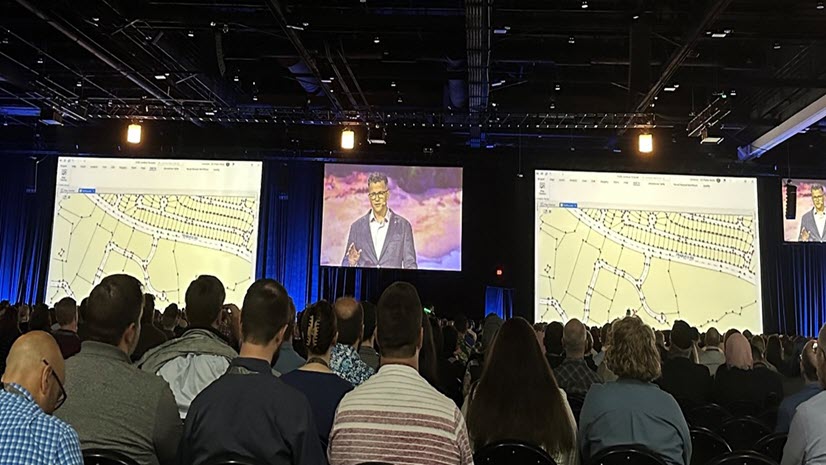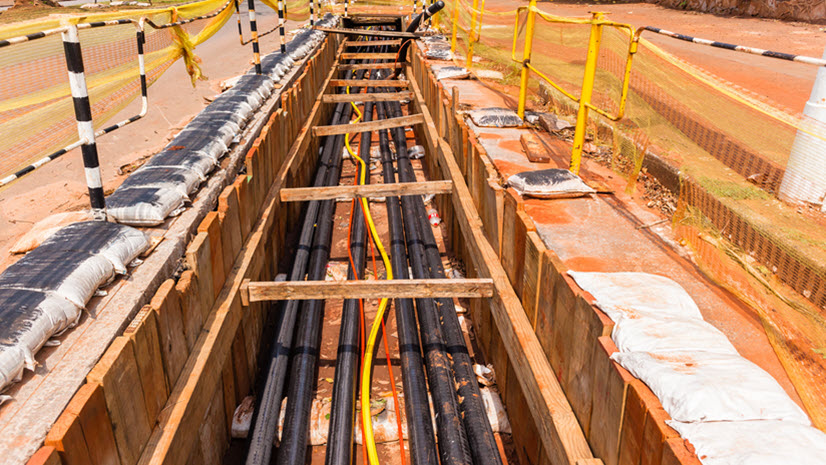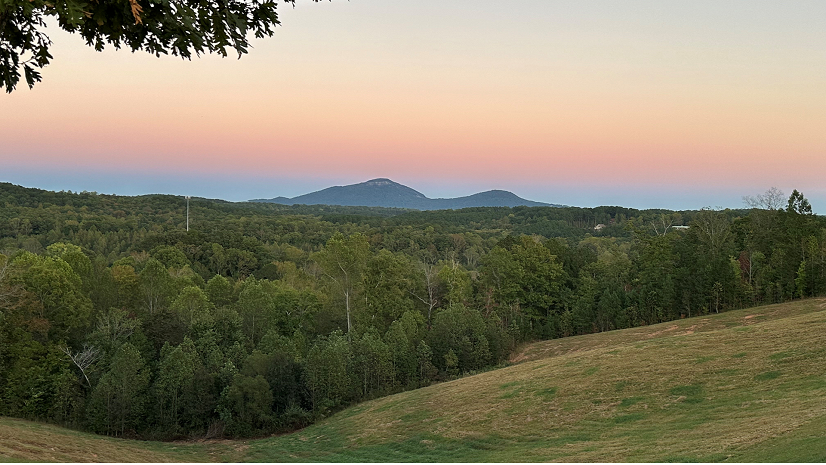Attention Land Records Managers – Approach migration with confidence and complete the process before ArcMap deprecation.
March 2026 may seem far away, but it is coming fast- it’s when Esri will be retiring (no longer supporting) ArcMap. Proper preparation is the key to a successful migration to ArcGIS Pro. Those who haven’t already completed their transition cannot afford to wait and should get organized as soon as practical to avoid operating an unsupported vital system.
If you’re unfamiliar, the new parcel editing solution (Parcel Fabric) in ArcGIS Pro, is highly configurable, efficient and replaces customized workflows in ArcMap. Many organizations report a 50 percent increase in parcel productivity!
For some, however, this seems like a daunting task. Concerns about retraining staff, managing the migration workload, whether the organization’s current functionalities will be replicated, and understanding how it works with third-party tools can make the process seem like an uphill challenge and prevent them from moving forward.
But what does parcel migration to ArcGIS Pro really look like? Keep reading to learn about what it takes to overcome some of the concerns that may be stalling progress.
- Learn about licensing needs – identifying the organization’s licensing needs will help tremendously in the planning process, from budgeting to learning which licenses individuals will need in relation to their job roles.
- Get help. For many organizations, working with a partner who is an expert in parcel (and Parcel Fabric) migration to ArcGIS Pro makes sense. Since it’s a one-time task, having staff learn about and perform the migration may be inefficient and reduce their capacity to undertake regular responsibilities. However, many vendors’ pipelines are filling up to perform ArcMap to ArcGIS Pro parcel migrations as deprecation approaches, so reach out soon. Research by reaching out to peers in neighboring counties or asking your Esri Account Manager for recommended partners.
- Discover what’s possible. ArcGIS Pro Parcel Fabric has functionalities that did not exist in ArcMap. These could be powerful in increasing speed and improving performance! If you have customization, you’ll probably need a lot less. Work with your Esri Account Manager to understand what’s new and how it could work for your needs.
- Evaluate how third-party tools will be managed. If your organization’s parcel data connects with other systems to offer additional capabilities to users, investigate how these will be handled in ArcGIS Pro. Some third-party capabilities are being included in ArcGIS Pro tools while others may need to be reconnected to the data once migrated.
- Learn about training options – Esri offers a learning plan specifically for Parcel and Land Records Management Essential Skills including a variety of instructor-led or self-paced courses, webinars, videos and documents to jumpstart your training. Additionally, partners may also offer training options that make sense. Work with your Esri Account Manager to learn what’s available.
We hope these tips help you move forward in your journey to ArcGIS Pro. What advice do you have to others planning their migration? Share them at community.esri.com.
Looking for a partner to help with your migration? Reach out to Esri Parcel Management Specialty Partner, Pro-West here.





